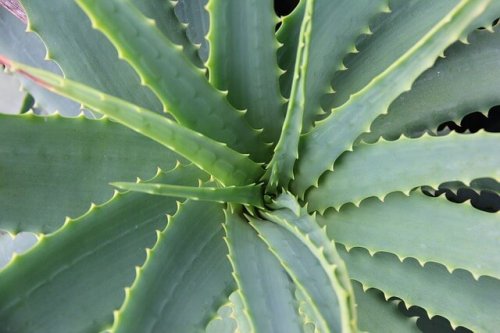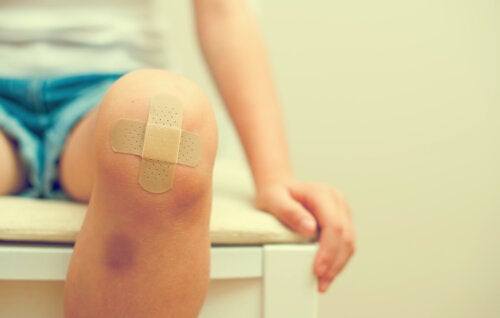Tips for Concealing Scars in Children

In most homes in Venezuela, there’s an aloe plant whose scientific name is Aloe Vera, this plant has many healing properties and its gel is used to disguise the scars of children and adults.
A special plant
Aloe Vera plants require very little care and for many are a very valuable resource in the home because they can take advantage of its properties and nutrients for uses as diverse as improving a cough through a syrup prepared at home or substantially improving the appearance of the skin.
To use it, you just have to cut a stalk of the plant and peel the skin until you find a gel-like crystal. The stalk is like the leaves of the plant, which you must let stand for a few minutes so that it releases a yellowish liquid and then proceed to peel it and place the crystal of the aloe on the wound or scar.
There are also creams whose active ingredient is Aloe Vera and you can use them confidently. The secret of aloe vera and home remedies is constancy.
Another good piece of advice -which isn’t only to reduce the appearance of scars in children, but to care for the skin in general- is to avoid exposing yourself too much to the sun.

Home remedies to improve scars
Some people use rosehip oil to remove the marks on their skin. There are also those who use cucumber juice on the area or simply massage their face with cucumber slices. This will help to remove marks and refresh the skin.
You can also use a cotton ball to massage the affected area with egg white. Egg whites have powerful healing qualities that can help heal scars.
Honey is an effective ingredient for smoothing and improving the appearance of the skin. Apply honey to the areas affected by scars and massage your face gently. Leave it on for 20 minutes and wash the area where you applied it.
Rubbing potato slices gently on the mark and leaving it on for 10 minutes will lighten marks and blemishes. You should wash the affected area.
Another tip is to mix a tablespoon of lemon juice, honey, almond oil, and milk in a bowl. Then you should apply it to the scar you want to lighten, and leave it for 15 minutes, rinsing the skin afterward.

Types of scars
The skin is the outer covering that covers the whole body. It’s a complex anatomical and functional organ, linked to the physiology and pathology of the whole organism. It’s subject to multiple aggressions, which can be of different causes and natures.
Dermatologists consider scars to be the result of the healing of a wound or injury. And as such, there are people with a greater or lesser tendency to develop scars.
However, the younger you are, the easier it is to heal and the less noticeable the scar will be.
According to data extracted from a specialized dermatology website, there are different types of scars depending on whether the alteration is of the surface, the color, or affects the function.
- Scars due to surface alteration. They usually develop weeks after the injury. They’re characterized by their thickness and elevation and usually have a reddish appearance.
- Scars due to color alteration. These are those that leave the skin with a lighter tone (hypopigmented) or darker (hyperpigmented) than it had before.
In a specialized dermatology website, specialists state that a wound takes a year or more to heal completely.
They also state that very small and superficial lesions or wounds repair themselves spontaneously without leaving any trace, while very large lesions in which there’s tissue loss leave huge scars.
The more severe the wound, the more complicated the healing. It’s important to remember that scars can never be completely removed, but you can considerably reduce the appearance of scars in children and adults in many cases.
All cited sources were thoroughly reviewed by our team to ensure their quality, reliability, currency, and validity. The bibliography of this article was considered reliable and of academic or scientific accuracy.
- Wechter, D.G. (2020). Cómo curan las heridas. MedlinePlus. [Internet] Disponible en: https://medlineplus.gov/spanish/ency/patientinstructions/000741.htm#:~:text=Los%20vasos%20sangu%C3%ADneos%20se%20abren,de%202%20a%205%20d%C3%ADas.
- Dat AD, Poon F, Pham KBT, Doust J. Aloe vera for treating acute and chronic wounds. Cochrane Database of Systematic Reviews 2012, Issue 2. Art. No.: CD008762. DOI: 10.1002/14651858.CD008762.pub2. Disponible en: https://www.cochrane.org/es/CD008762/WOUNDS_aloe-vera-para-el-tratamiento-de-heridas-agudas-y-cronicas